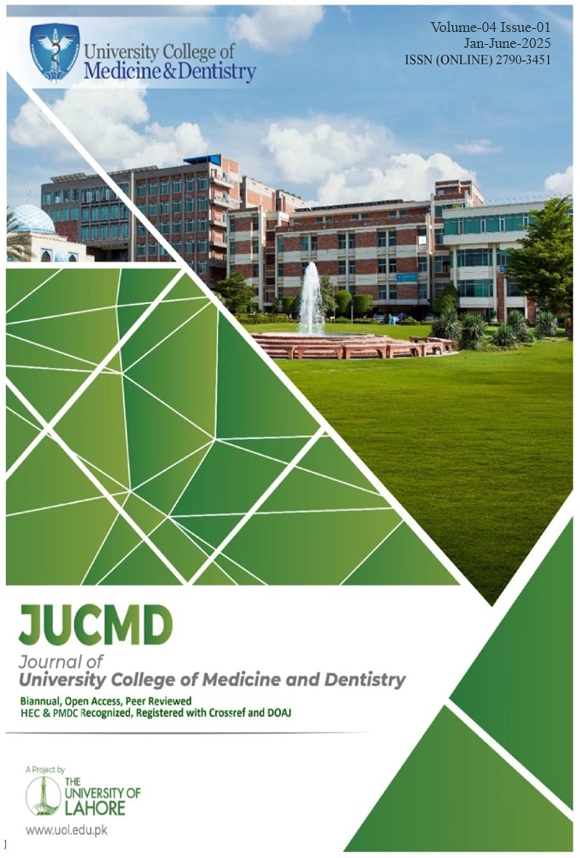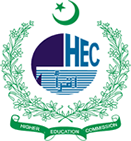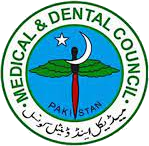Parental Awareness of Thalassemia Transmission and the Impact of Consanguineous Marriages: A Cross- Sectional Survey
DOI:
https://doi.org/10.51846/jucmd.v4i1.3274Keywords:
Consanguinity, Consanguineous Marriages, ThalassemiaAbstract
Objective: To determine the frequency and relationship between consanguineous marriages and the awareness of thalassemia transmission among parents of thalassemic children.
Methodology: A cross-sectional study was conducted from Oct 2019 to Feb 2020 in Hyderabad, Sindh, Pakistan. Three hundred
and eleven thalassemic children families were included in the study using a convenient purposive sampling technique. After informed
consent, the parents were interviewed and a proforma was filled out. Performa had questions about personal information, family information, and thalassemia awareness. Data was entered in SPSS version 21. Qualitative data was measured in frequencies.
Results: Among Three hundred and eleven thalassemic families, 26.4% didn’t know consanguineous marriage causes thalassemia;
72.3% of participants weren’t tested for thalassemia; 98.7% didn’t consult a doctor before marriage; only 1 % of participants did
prenatal genetic testing after pregnancy; 86.8% of the parents’ marriages were consanguineous. In 31.5% of these 311 children, the mother was her husband’s first cousin (daughter of spouse’s father’s sister). 16.4% of mothers were daughters of their spouse’s father’s brother, 15.8% of the spouse’s mother’s brother, and 23.5% of the spouse’s mother’s sister. Most couple who had thalassemic children don’t consult with a doctor nor do they go for genetic testing before marriage.
Conclusion: Consanguineous marriage is common among parents having a thalassemic child. Urgent policies should be advised and
implemented for the proper education of thalassemic families at the earliest.
Downloads
Published
How to Cite
Issue
Section
License
Copyright (c) 2024 Farhat Ijaz

This work is licensed under a Creative Commons Attribution 4.0 International License.
Authors retain copyright and grant the journal right of first publication with the work simultaneously licensed under a Creative Commons Attribution 4.0 International License that allows others to share the work with an acknowledgment of the work's authorship and initial publication in this journal.
Authors are able to enter into separate, additional contractual arrangements for the non-exclusive distribution of the journal's published version of the work (e.g., post it to an institutional repository, in a journal or publish it in a book), with an acknowledgment of its initial publication in this journal.
Authors are permitted and encouraged to post their work online (e.g., in institutional repositories or on their website) prior to and during the submission process.







